Looking for the best places to visit in Argentina? I got you covered! Argentina boasts astounding landscapes and gorgeous destinations, and here you’ll find all the must-visit places for your next trip.
Argentina is one of the largest countries in South America, as well as one of the most visited, welcoming on average 7 million tourists a year under normal conditions.
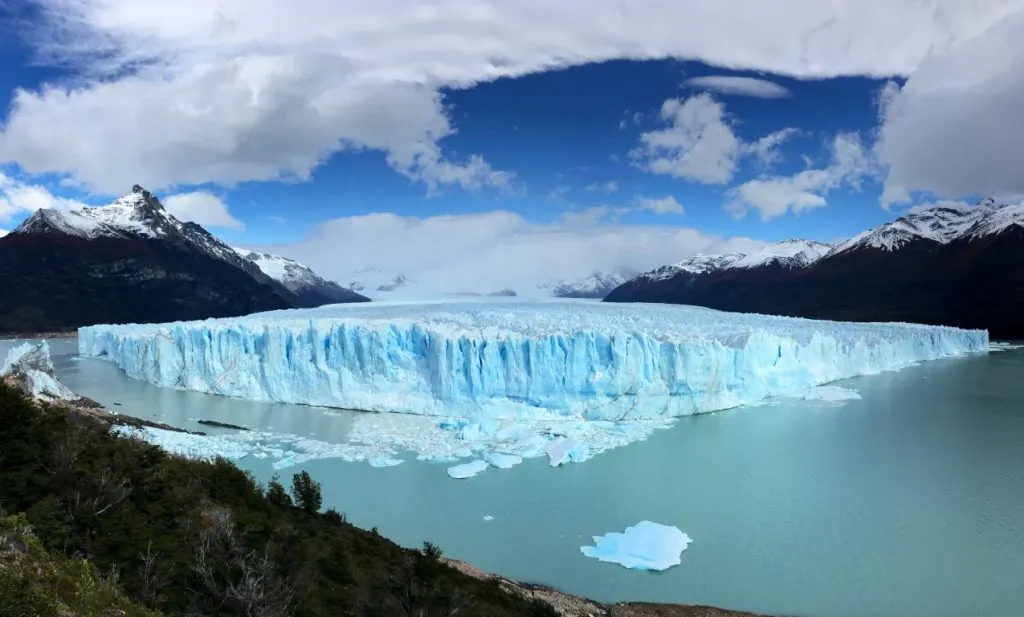
It’s a country with incredibly varied landscapes, from the Andes mountains in the west to frozen Antarctic landscapes in the south. From the vineyards of Mendoza, San Juan, and La Rioja to the bustling metropolises of Buenos Aires, Cordoba, and Rosario…Argentina has it all!
There are clearly tons of things to do and places to visit in Argentina, and in this post you’ll find an introduction to some of the best destinations to explore during your trip.
My partner is Argentinian and I come regularly to the country to visit his family and friends. Each time I try and visit some new destinations, just because there so much to see it would be impossible to do it all at once.
You might not get it all in on a single visit, but isn’t there beauty in having to come back to a gorgeous place? Argentina is big and diverse enough to deserve multiple vacations.
Let’s get started so you can begin planning your itinerary!
Buenos Aires
The colorful and glamorous capital of Argentina is invariably where you’ll be spending the first bit of time during your visit to the country, as it’s the main destination of most international flights.
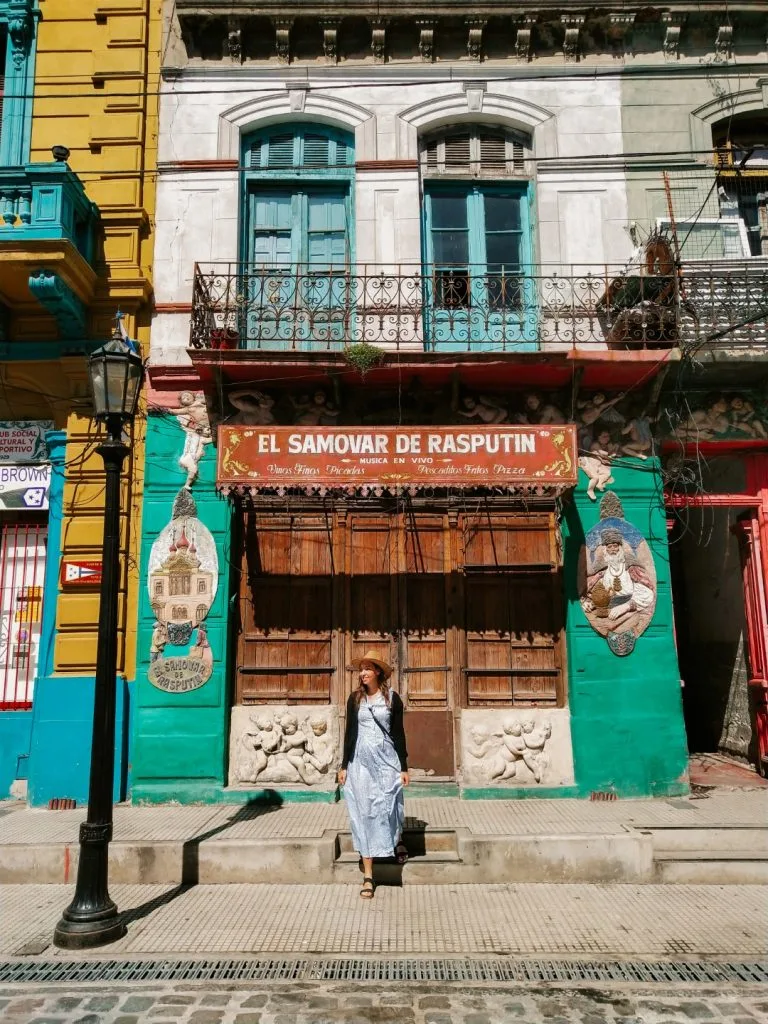
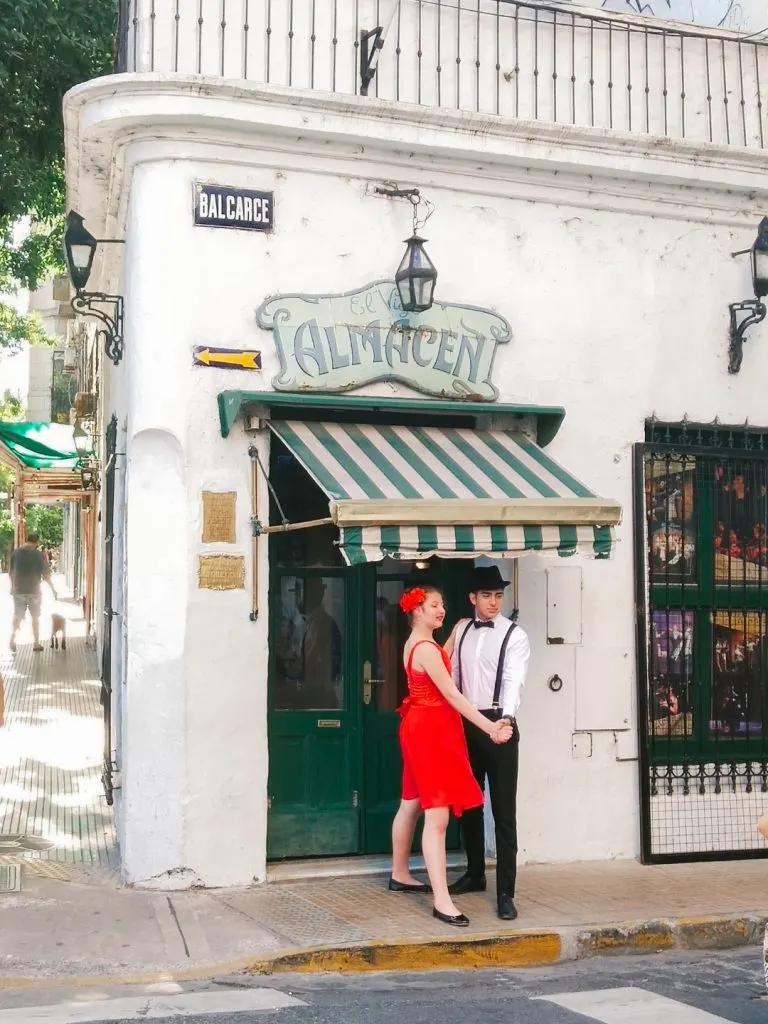
Buenos Aires is the political, cultural, and economic center of the nation, and houses many of the most beloved tourist attractions in Argentina. Spend some time learning authentic Argentinian tango dancing, or walk around the colorful La Boca neighborhood and its many painters and photographers, as well their street murals and other work.
Don’t forget to also hit the main city attractions such as Plaza de Mayo, which is surrounded by stunning colonial architecture and now with much of the area pedestrianized. Perhaps its most famous building is Casa Rosada (Pink House in Spanish), which is the house of Government (and yep, it’s completely pink!).
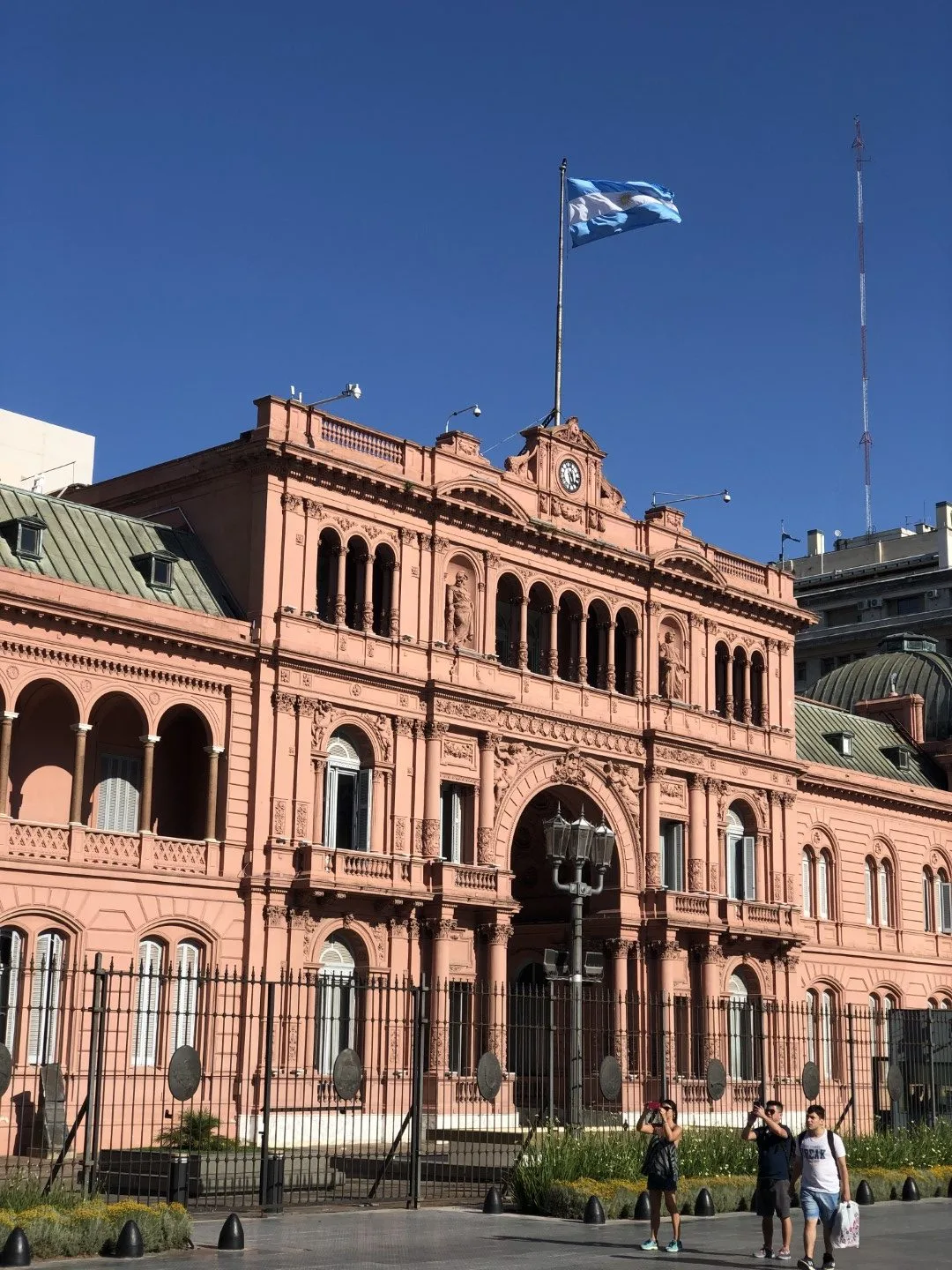
Other top highlights in Buenos Aires include the Recoleta Cemetery, the colorful streets of La Boca, walking down the “French” streets of Recoleta, and watching a tango show at a milonga.
Of course, you’ll need some downtime and refueling after all that sightseeing: time to take in the night culture of the city and enjoy its food, wine, and jovial atmosphere. Food lovers shouldn’t miss local empanadas, flan con dulce de leche (my favorite!), pastelitos, asado, and milanesa de carne…among many other things!
Buenos Aires is much safer than many other Latin American cities, so as long as you exercise common sense and mind your belongings, you won’t have any problem, even when going out at night if staying in central, safe areas. Buenos Aires’ nightlife hotspot, especially for young people, is Palermo Soho. Be sure to check out its bars!
Since there are so many places to visit in Argentina, consider booking a tailor-made Argentina holiday to make the most of your time.
Original Travel is a creative travel agency that creates bespoke itineraries in Argentina, Latin America and around the world. They specialize in honeymoons, luxury travel, family trips, and cultural experiences – and they offer some itineraries through Argentina that look fantastic!
Iguazu Falls
A sharp journey to the far northern province of Misiones will take you to one of the most famous places in Argentina, one of the 7 Natural Wonders of the World: Iguazu Falls.
The falls, a UNESCO World Heritage Site, are named like this for the Iguazu River on which they are situated, right on the border between Argentina and Brazil (think of the US-Canada Niagara Falls, although much grander!)
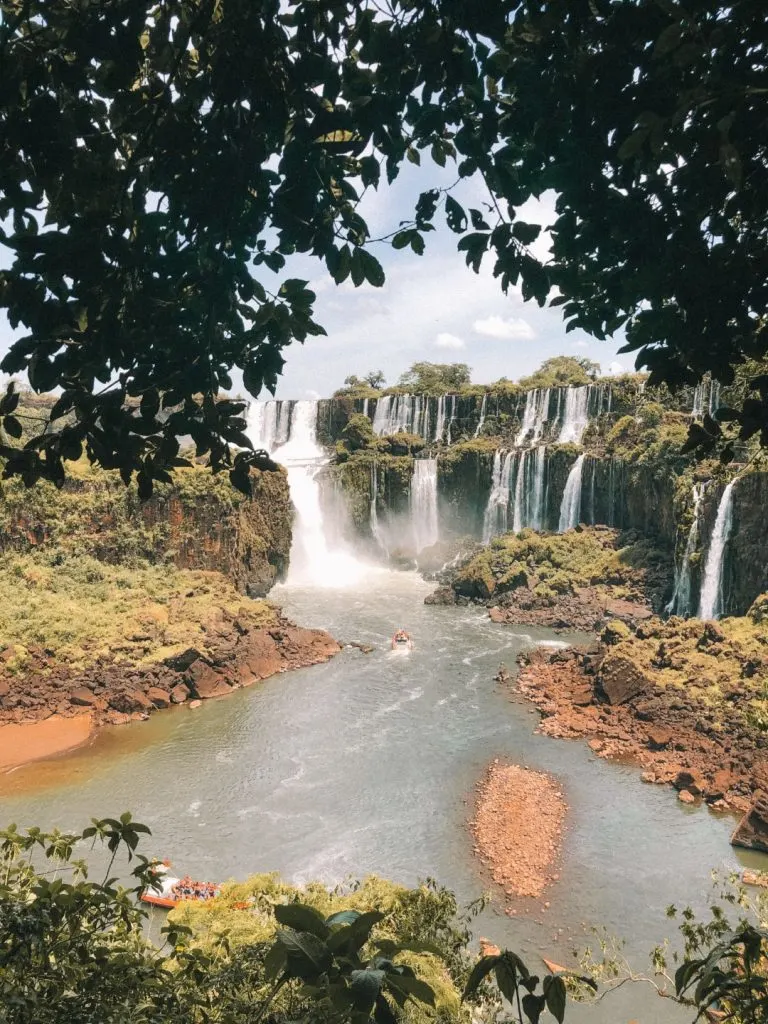
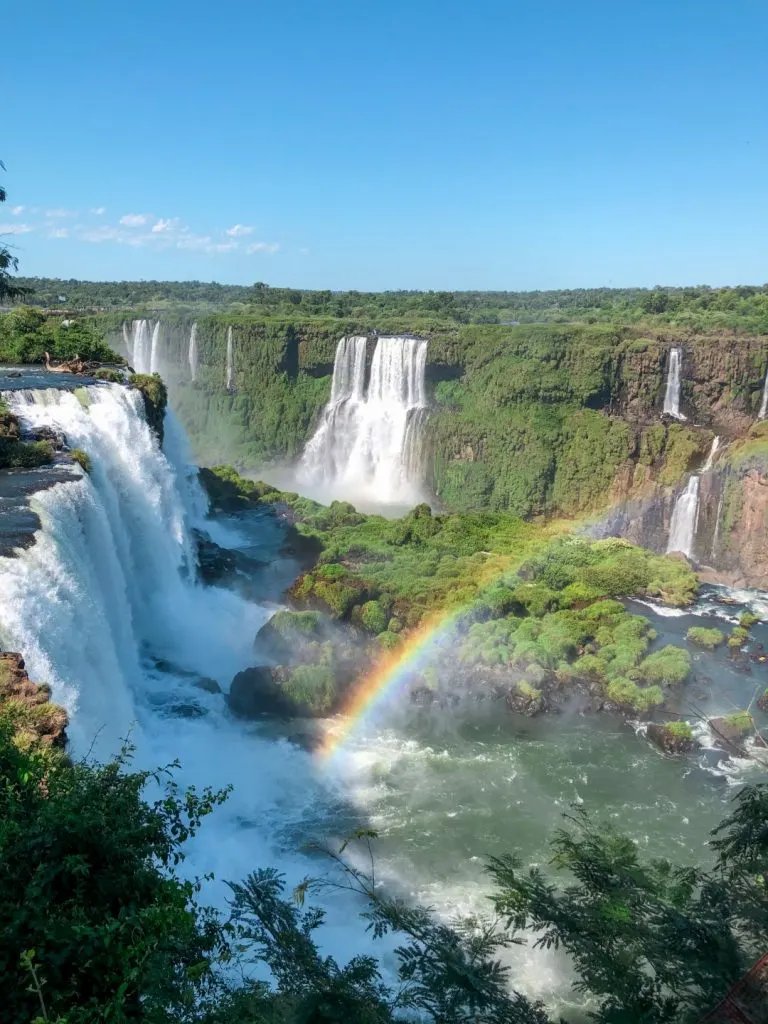
The Argentine side of the Iguazu Falls features many great tours and attractions, including the Devil’s Throat Trail (about 1.4 miles) from where you’ll see the most impressive views of the falls from above; it’s definitely one of the unmissable things to see in Argentina!
You can even join an evening full moon walking tour to experience the unique sight of the falls at nighttime.
The falls are located within the Iguazu National Park, and you can get direct flights from Buenos Aires to Iguazu at very affordable prices (the flight is less than 2 hours long!)
El Calafate (Perito Moreno Glacier)
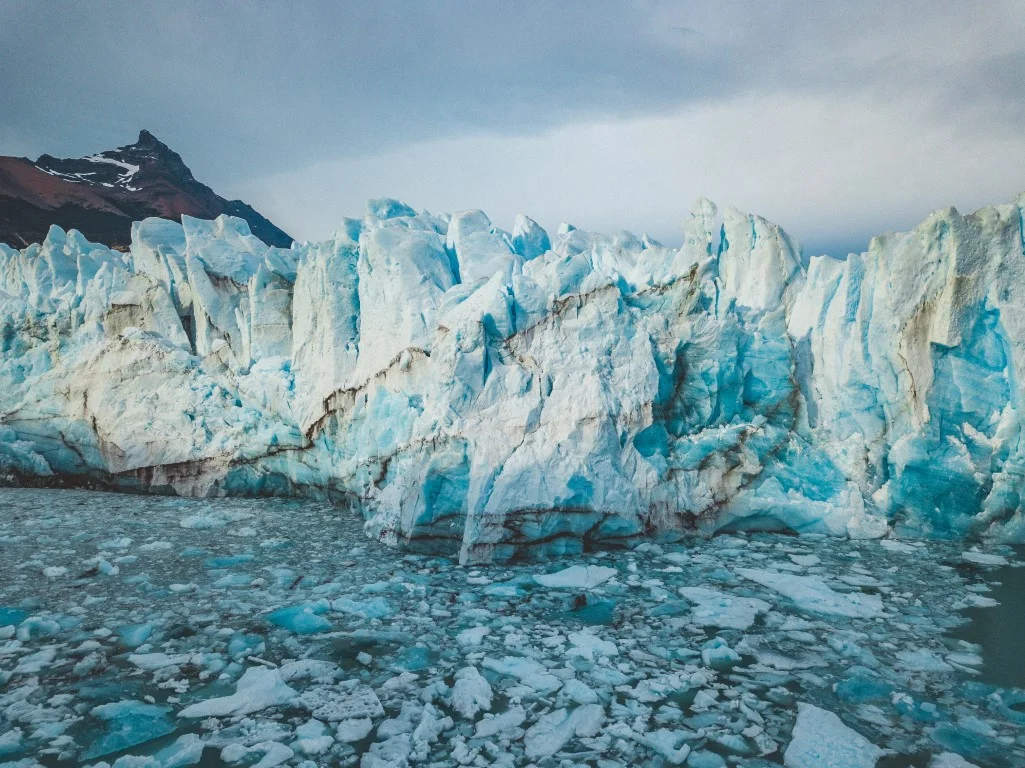
El Calafate is a city in Argentina’s Santa Cruz Province, right at the border with Chile, and it’s the heartland of the vast and wild landscape of Patagonia. It takes its name from the many small bushes that grow in the region, that boast yellow flowers and blueberry-like fruits called Calafate (which you absolutely have to try!)
Its main attraction, however, is the Perito Moreno Glacier, the reason why the city has become such an important center for tourism.
The Perito Moreno Glacier is about 50 miles from the city, and it’s named for Francisco Moreno, a pioneer who studied the region and helped defend it during border conflicts with neighboring Chile. This glacier is one of the absolutely must places to see in Argentina, and it’s notable for several reasons, besides its natural beauty (and beautiful surroundings!)
First, it’s one of the few glaciers in the world that is still in equilibrium, meaning it gains as much mass as it loses year on year. Second, it is the third-largest stored supply of fresh water in the world!
Perito Moreno is one of the safest and most accessible glaciers and welcomes tourists for ice hikes, as well as viewings from the water of the glacier calving. You can even take a kayak tour around the area if you prefer!
Besides the glacier, though, there are many other activities you can enjoy while in Calafate, such as fishing, horse riding, spending the day at a Hacienda, or visiting other local highlights which include La Leona Petrified Forest and the Walichu Caves.
Very close to Calafate is the next item on our list, one that should never be far from your Patagonia travel bucket list, as it’s one of the best places to go in Argentina: El Chalten.
El Chalten
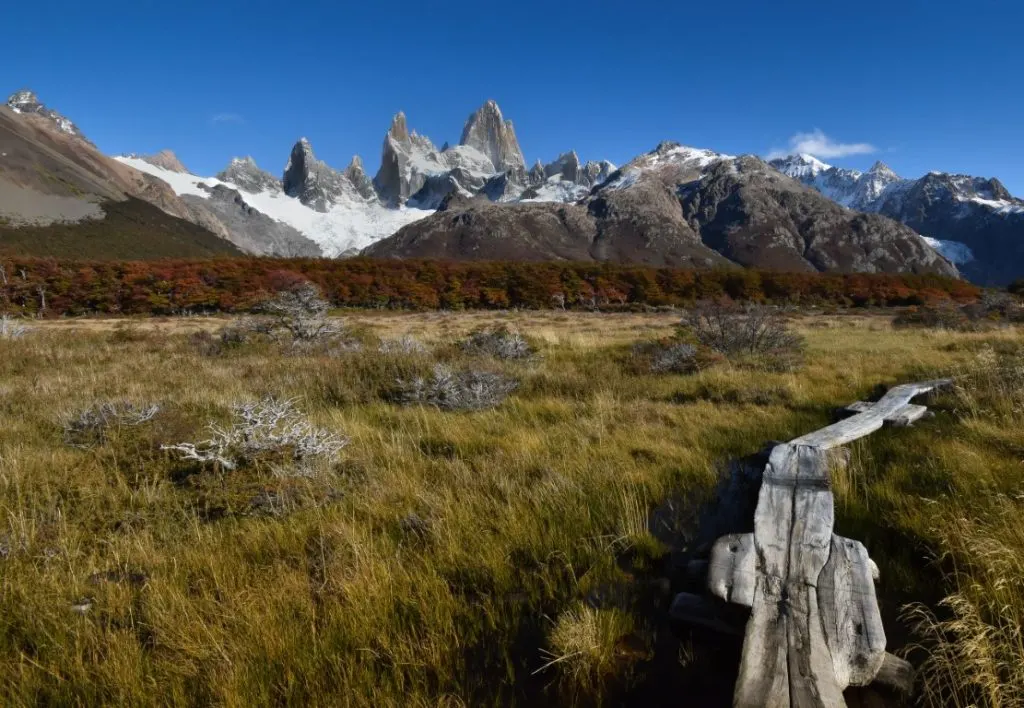
This charming village is also lovingly called the National Capital of Trekking, and while there are many fine locations in this country to hike and trek, especially given the amount of spectacular Andean scenery one can find there, El Chalten is the one to trump them all.
No wonder it’s visited by trekking enthusiasts from all over the world: it’s one of the top Argentina places to visit if you’re one of them!
Chalten is located three hours away from Calafate, so after spending a day at Perito Moreno Glacier you can take up either a self-guided or locally guided excursion to get some of the most unbelievable panoramic views and get your legs moving!
Despite the rugged and wild nature of the region, many treks are actually quite easy, like Chorrillo del Salto or the Condor Viewpoint. If you’re up for longer and more challenging treks, check out Laguna Torre or Pliegue Tumbado.
Inquire in the tourist offices about them, so you can choose the most suitable one for your condition; even those with minimal previous trekking experience should find great joy in this place!
Ushuaia
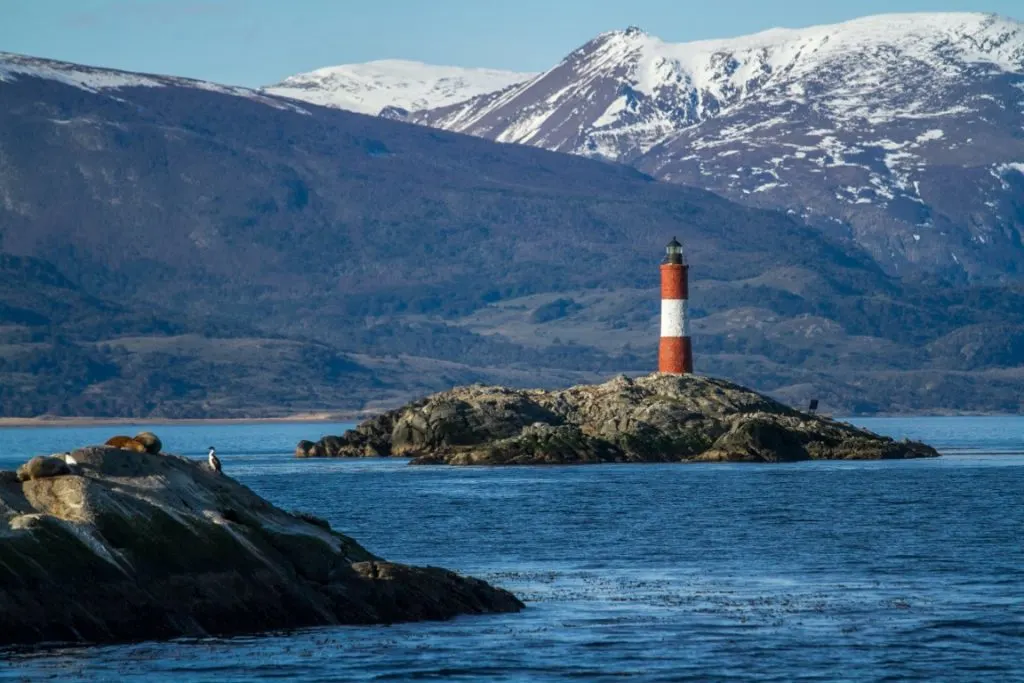
To get a sense of the contrast that Argentina has to offer, there’s nothing like visiting the southernmost city of the country, Ushuaia, which also serves as the capital of the Patagonian province of Tierra Del Fuego. It’s also usually referred to as the ‘End of the World’, as it’s the southernmost place in all of the world.
I mean, if you’re looking for ideas of where to go in Argentina, the end of the world is kind of a no-brainer, right? You can begin your visit with a ride on the End of the World Train (Tren del Fin del Mundo), which takes you into Tierra Del Fuego National Park following the historic convict train route.
Alternatively, take a boat or catamaran through the Beagle Channel to tour the local islands, or visit the Penguin Colony via a guided hike. For gorgeous views, head to Laguna Esmeralda (Emerald Lake) where you can enjoy a lakeside meal of a hearty stew and fine Argentinian wine.
The city also offers museums, viewpoints, and delicious eateries, all surrounded by some of the most windswept and dramatic scenery in the world.
Mendoza
Argentina is known for its excellent wine, and is the sixth-largest wine producer after Italy, France, Spain, the US, and Australia, making almost 1.2 million liars annually. And if we say wine in Argentina, we say Mendoza.
Mendoza is the beating heart of Argentina’s wine region, home to over a thousand wineries, and it’s especially popular for its red wines. Of course, there’s no way you can ignore this destination if you’re even remotely a wine lover!
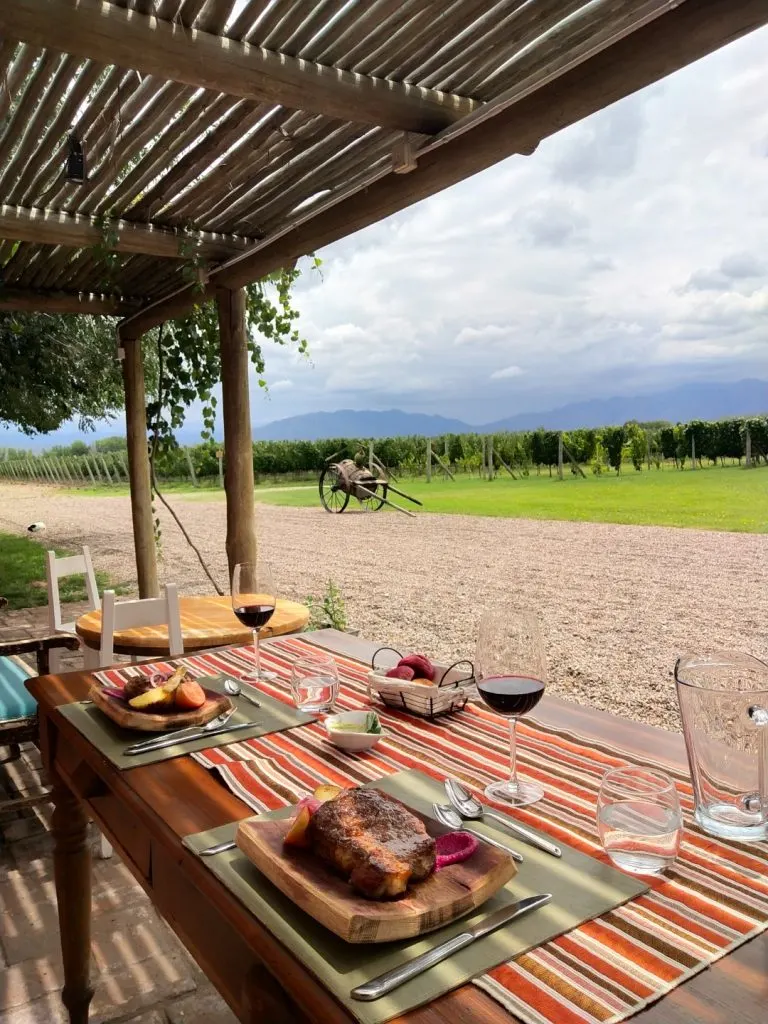
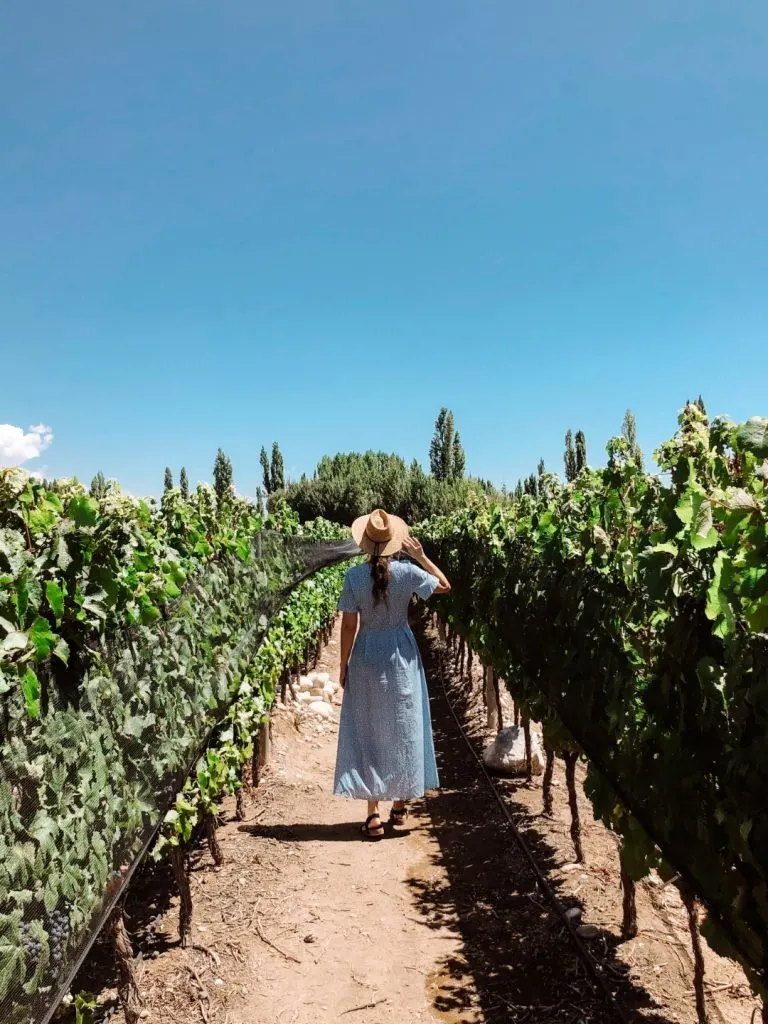
Taking a bike tour around the vineyards is one of the favorite activities in Mendoza, and many of them also feature eateries and accommodation, so you could spend the night.
The region is also in full sight of the stunning Andes mountains, and one of the best ways to enjoy the scenery is from horseback. You can take horseback rides for just half a day (look out for sunset rides) or long treks of 10 days or more where you’ll ride across the Andes mountains to see the Uco Valley and Quebrada del Condor, home to the massive condor birds.
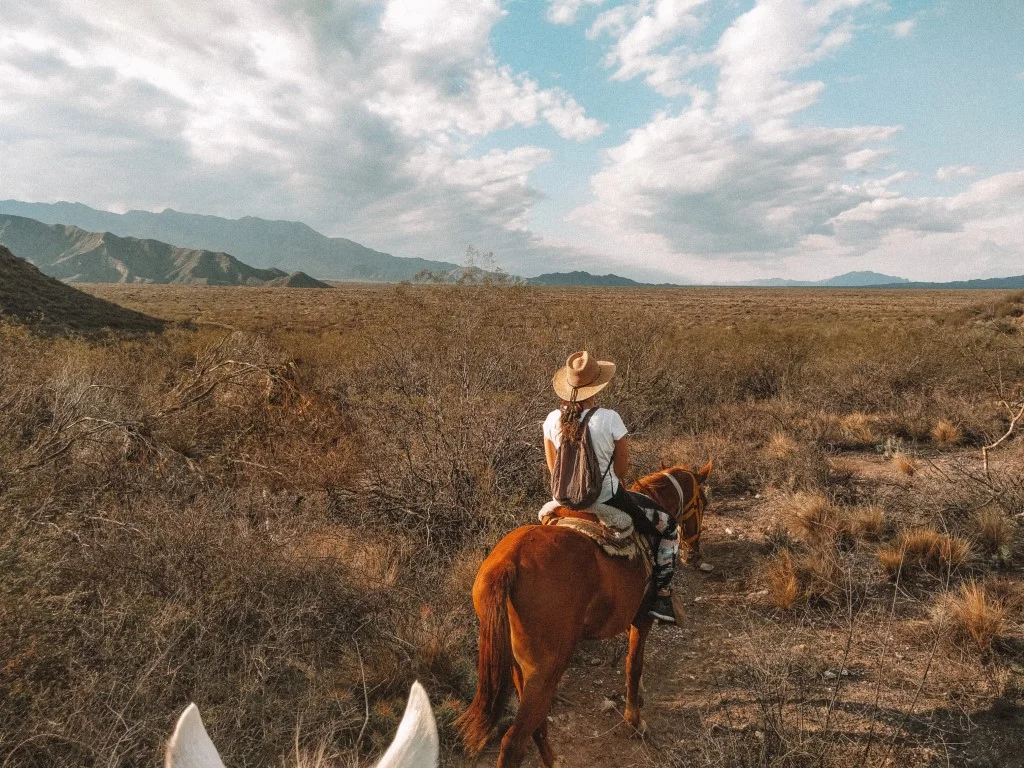
The more adventurous visitors can also enjoy paragliding, and hiking in Parque Provincial, but as gorgeous as the landscape is, don’t forget to explore the city center as well!
Mendoza is one of the best cities in Argentina, so make sure to walk around the pedestrianized streets of Sarmiento and check out Plaza Independencia, its main square.
Salta and Jujuy
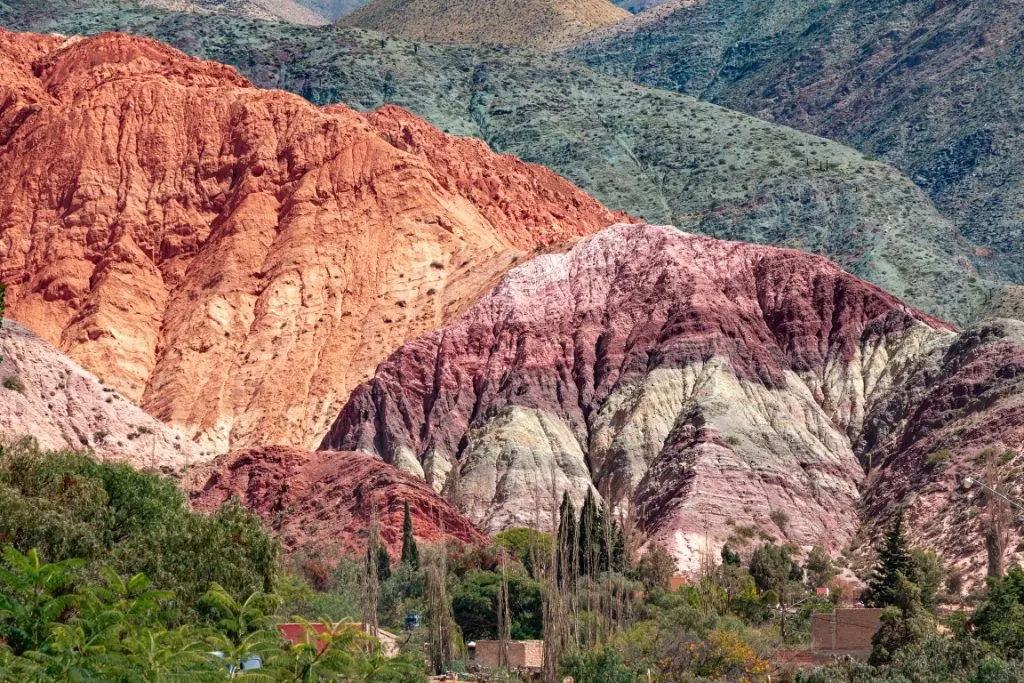
Salta and Jujuy provinces make up the arid far northwestern part of Argentina, close to the borders with Chile and Bolivia. They are particularly known for the Great Salt Flats, the arid and rugged landscape, and for being home to the world’s highest-altitude vineyards. It’s only fitting you head to Salta after your Mendoza wine tours!
You can begin your exploration of these provinces in Salta City, where you’ll find local museums, the Cathedral of Salta along with many other historic churches, and delicious delicacies which are especially tasty for those who like spicier food. You get the full experience of dining in Salta City, get a table from where you can view some local folklore performances in the street!
Outside of Salta, there’s the Cafayate wine region also called the ”Tuscany of Argentina”, the Spanish colonial town of Cachi, and of course Las Salinas, the expansive and impressive salt flats.
In Jujuy, perhaps the most unmissable natural highlight is the Hill of Seven Colors in Purmamarca. If you do visit, be sure to catch the morning view, which offers the best light. Staying over in Purmamarca is a nice way to get away from the loud city and enjoy some rural peace.
Ibera Wetlands
One of Argentina tourist spots that often go unnoticed is the Ibera Wetlands (Esteros del Ibera in Spanish) This stunning destination is on the far northeast of the country, in Corrientes Province (southwest of Misiones, where the Iguazu Falls lay).
The swamps, lakes, bogs and lagoons make up one of the most important and best-preserved natural ecosystems in the world, which is about the size of Switzerland.
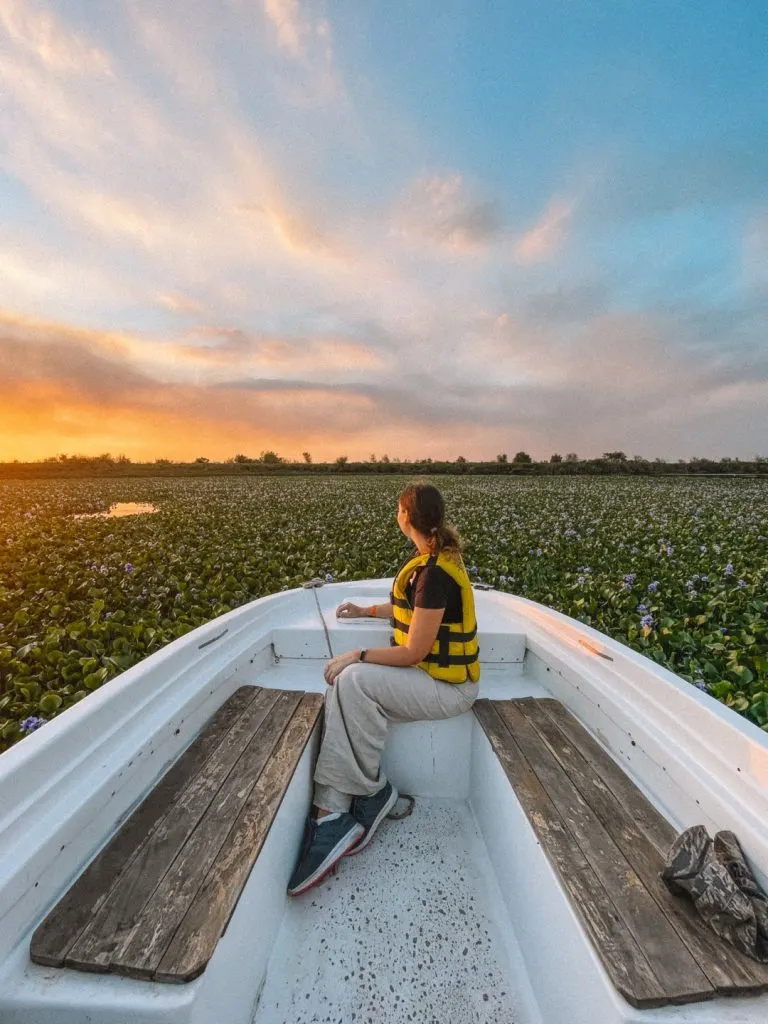
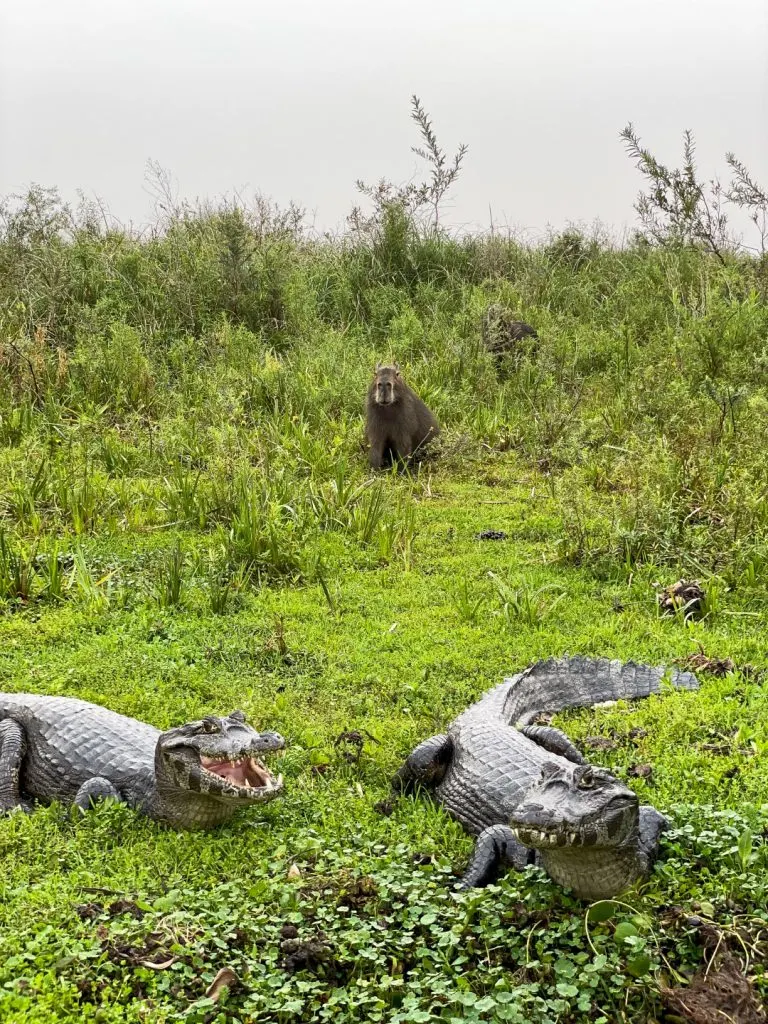
At Ibera Wetlands you’ll get to see all kinds of flora and fauna, from adorable capybaras, otters and deer, to the more spine-tingling anacondas and alligators. It’s also home to about 350 species of birds! If you were looking for incredibly cool places in Argentina, you’ve found the one.
Here you can rent kayaks or take boat tours around the wetlands. While the kayaks are considerably cheaper than taking a boat, your view of the wildlife will be more limited, so I highly recommend spending on a boat tour to make the most of your visit.
Or do both! Most posadas (rural hotels) sell packages that include meals and all kinds of activities, so you will get to see the wetlands in all their glory.
There are also horse riding tours through the forests and swamps, suitable for riders of any level, so you won’t be missing any adventure.
Bariloche
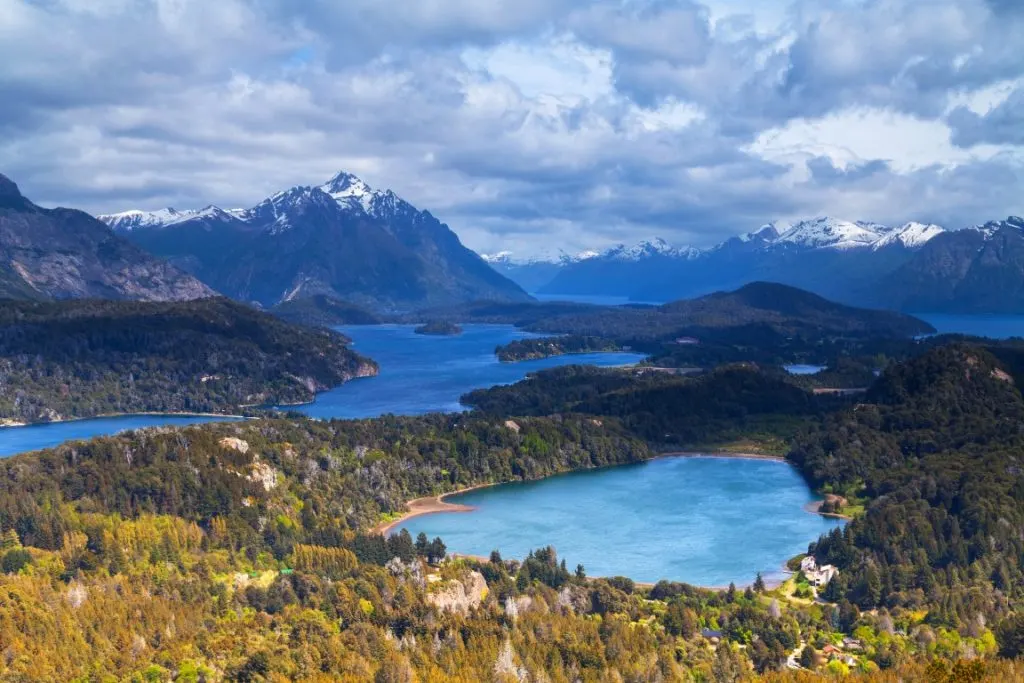
Bariloche is without a doubt one of the most beautiful places in Argentina. Located in the Rio Negro province, it could be considered the northernmost area of Patagonia, so you could definitely combine this city with your trip to southern Argentina.
Its full name is San Carlos de Bariloche, although it’s often shortened to ”Bariloche”, and it boasts numerous tourist attractions, so be ready to spend a few days here.
Among its highlight is the Seven Lakes Road, a drivable route of about 161 km (100 miles) from Bariloche to San Martin de Los Andes which passes by 7 astounding lakes (makes for a great road trip adventure!) If you’re not driving, there are tours that include stops at each lake so you can take pictures before arriving at San Martin de Los Andes.
Once in San Martin de Los Andes, you can take a stroll around Plaza San Martin and the local artisan craft market, the Feria de Artesanos, while also taking in street performers and amazing street food carts. If that’s too quiet for you, how about some white water rafting along the Rio Chimehuin? Some of those 7 lakes are also nearby for kayaking and boat trips.
Close to Bariloche is also Villa La Angostura, which offers a ski resort in winter, and sailing, kayaking and more on Lake Nahuel Huapi in the warm months. Day trips to the surrounding hills are also mandatory while in Bariloche; you won’t believe the views you get from the top! If you’re a keen skier and visit during the winter, Cerro Catedral should be on your list.
Cordoba
Cordoba is Argentina’s second-largest city, and it’s known for a somewhat wild, fun-loving spirit, characterized by their love of rally car racing, drinking Fernet and coke, and dancing local cuarteto music.
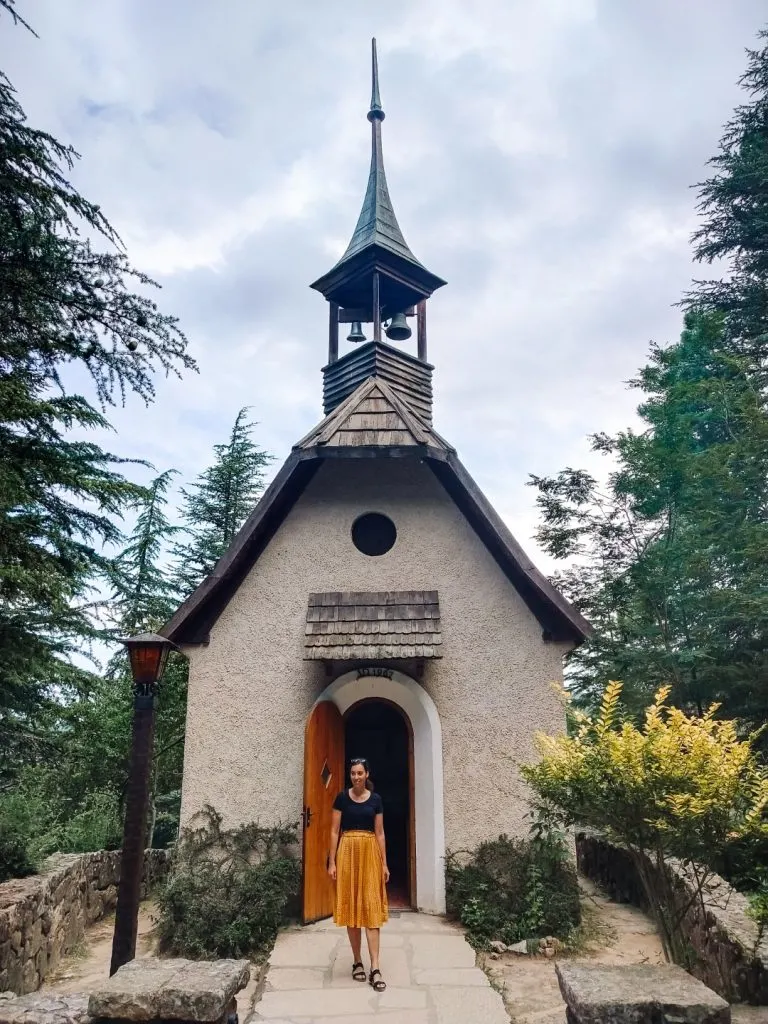
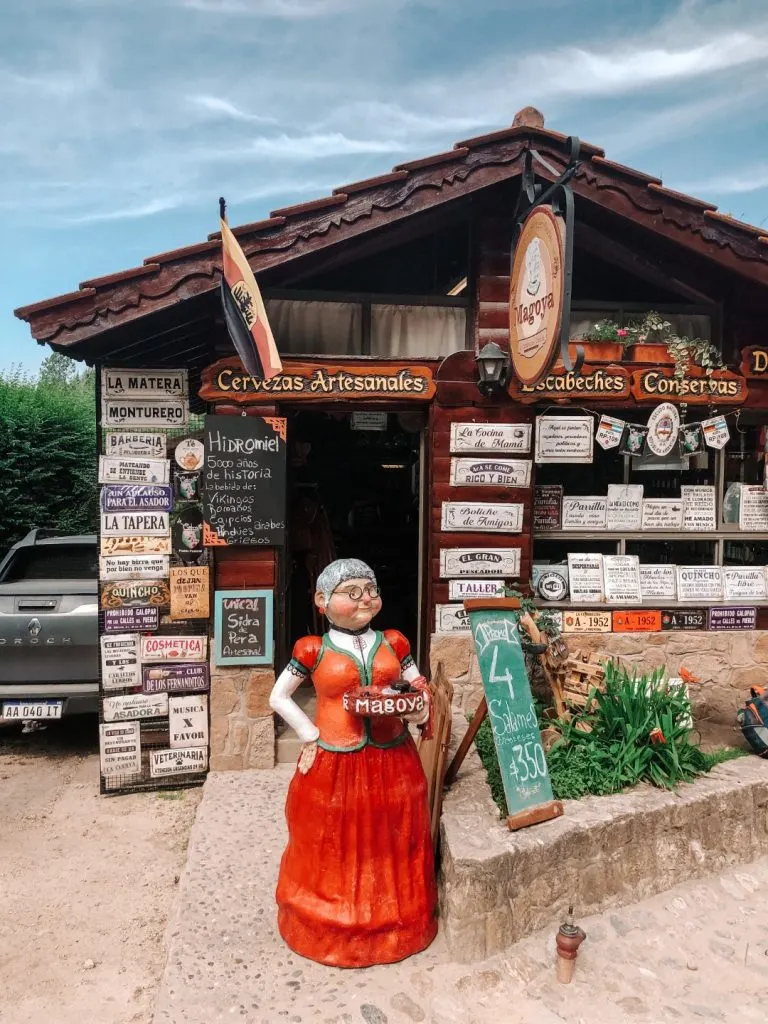
But there’s more to Cordoba than the city of Cordoba itself. The region is in fact famous for its mountains and natural landscape.
Highlights of Cordoba province include La Cumbrecita, a hamlet that will remind you of a picturesque village in the German, Austrian or Italian Alps. It’s noted in particular for its eco-friendly approach to tourism, forbidding cars and being entirely pedestrianized.
Its Alpine looks are no coincidence as the town was settled by many migrants from central Europe. Local delicacies can be found in charming teahouses offering Apfelstrudel and chocolate cake.
Another popular attraction is Villa General Belgrano, a mountain village in the lush green surroundings of the Calamuchita Valley and where you’ll get stuffed on chocolate and beer (can you ask for more?) Here you’ll also see a lot of the same central European alpine architecture as in Cumbrecita.
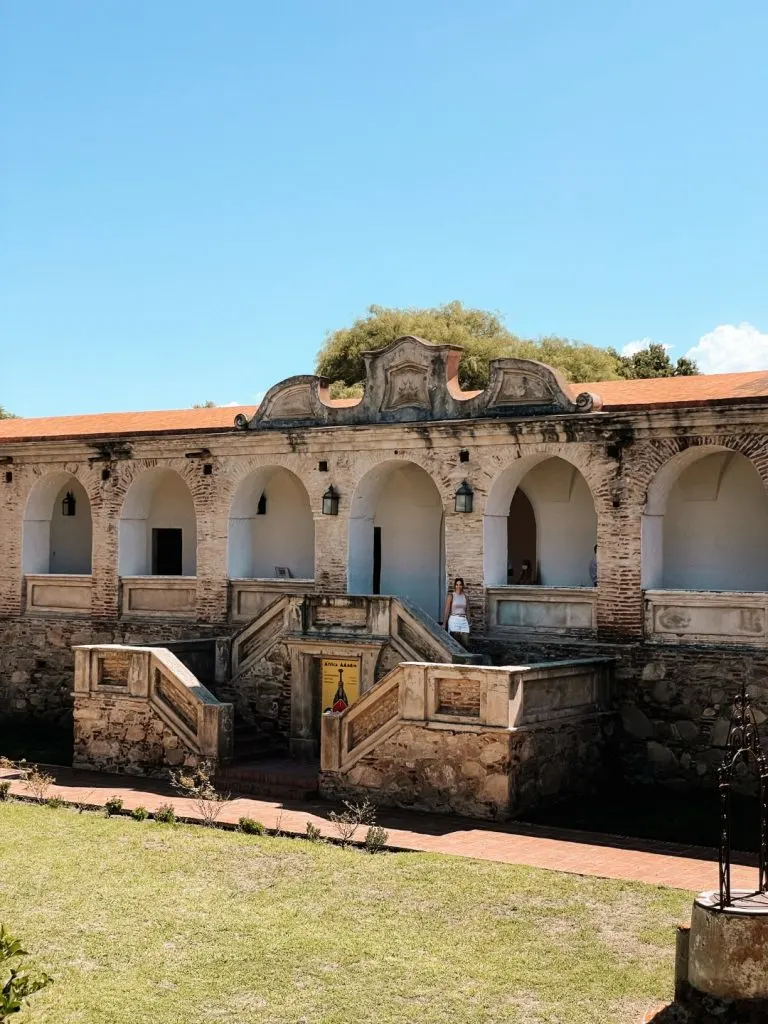
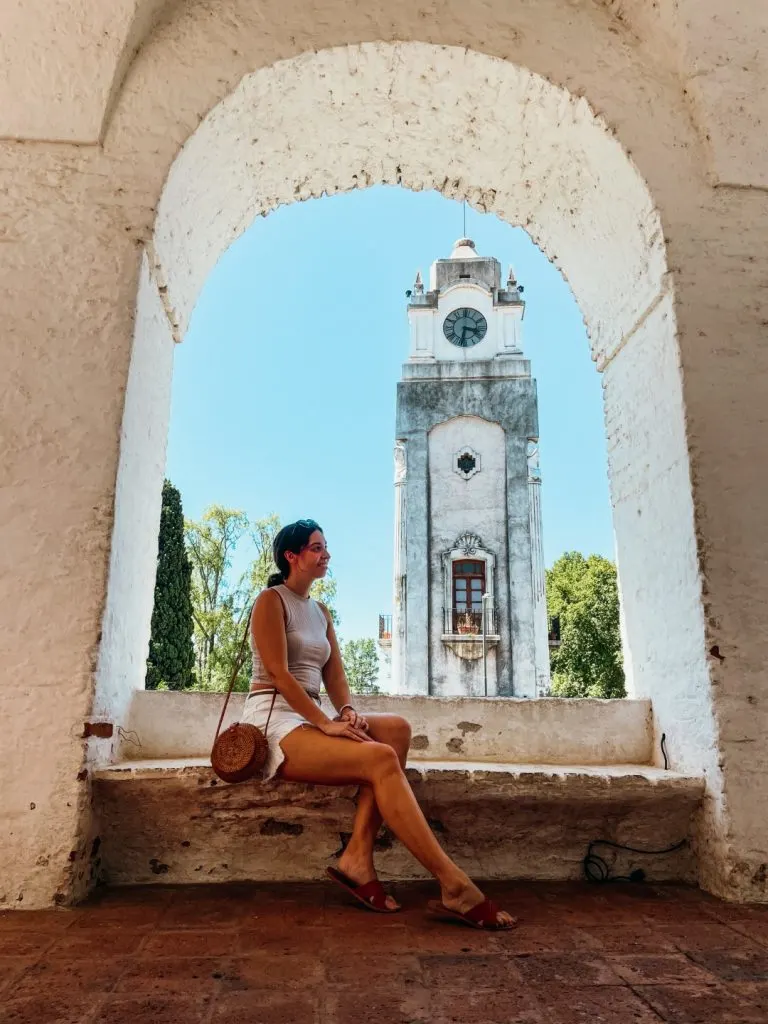
Cordoba is also home to a UNESCO World Heritage Site, the Jesuit Block and Estancias, located in various areas of the province. You can visit the Jesuit Block, one of the most historical places in Argentina, in Cordoba city center, or head to the Museo Nacional Estancia Jesuitica in Alta Gracia to get some insight into the area’s historic Jesuit connections.
Talampaya National Park & Valle de La Luna
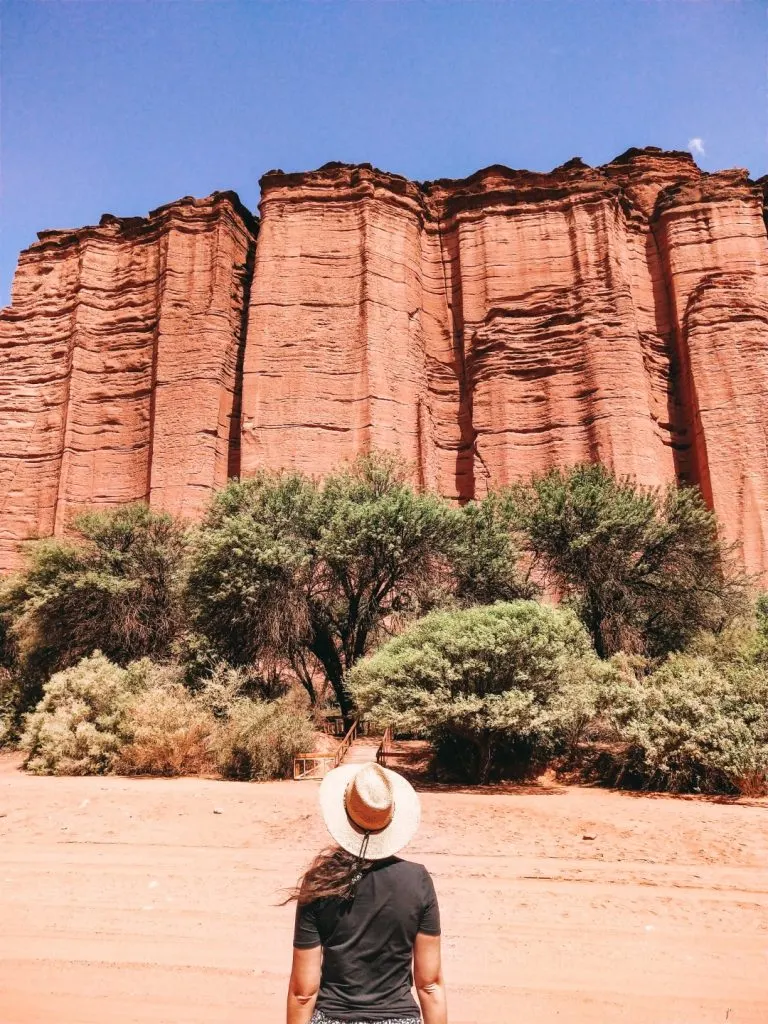
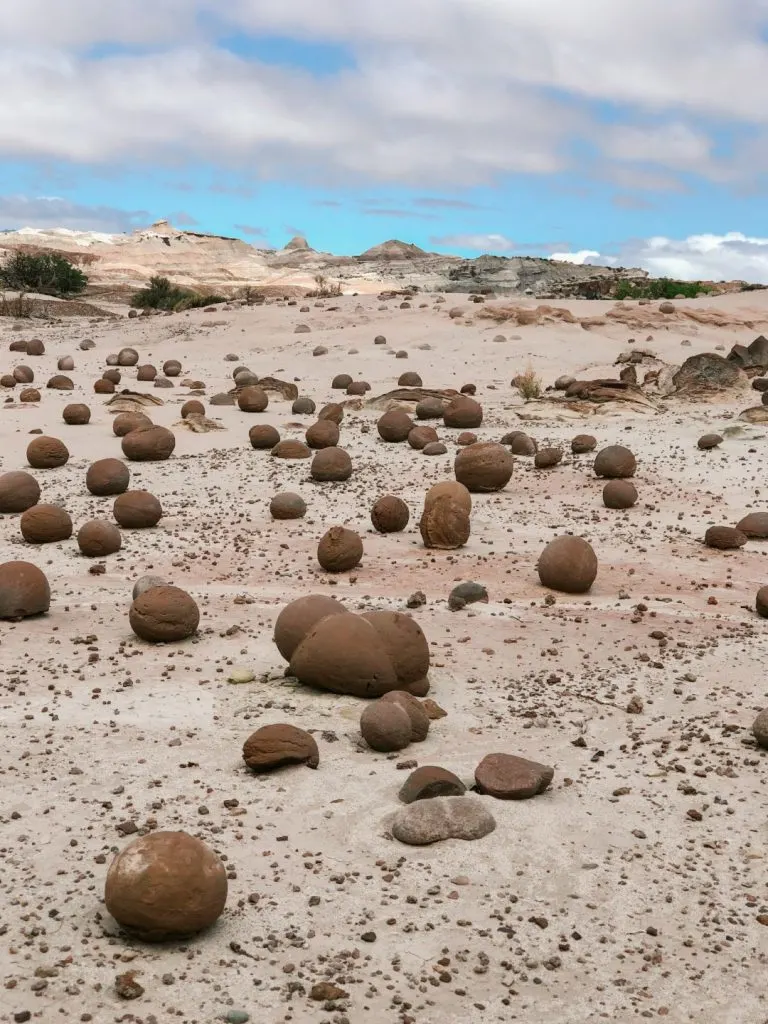
Located within the northwestern La Rioja province, Talampaya National Park is a UNESCO World Heritage Site, along with neighboring Valle de la Luna. The former is a haven of impressive red gorges, rock formations and desert scenery.
The latter is the place where many of the world’s most impressive dinosaur remains have been discovered. (I told you how diverse Argentina is, right?!)
Other highlights of the area include indigenous settlements and their ancient petroglyph carvings, water-eroded badlands, and wind-eroded rock formations like The Sphinx which looks eerily similar to a certain Egyptian monument. Minibus tours are the best way to get around the vast areas and allow you to see most of the highlights in a single full-day tour.
Peninsula Valdes
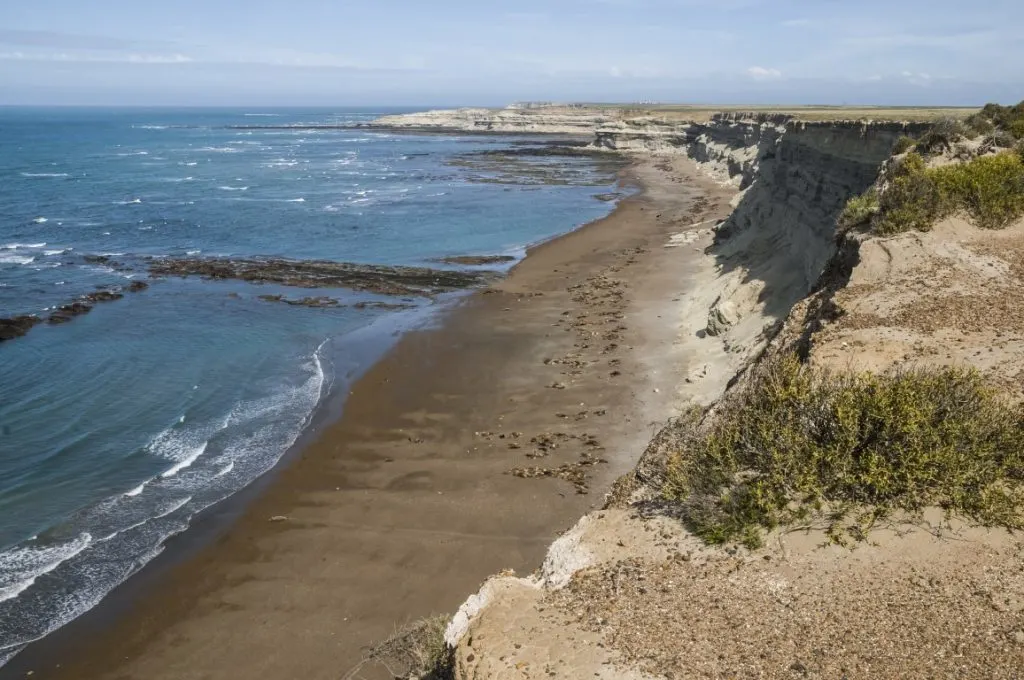
As part of your wider trip to Patagonia — or the Patagonian leg of your epic Argentina vacation — don’t miss the Valdes Peninsula, a UNESCO World Heritage site and renowned for its whale sightings. It’s a key location in many whales’ migration patterns.
The area spans about 249 miles (400 km) and features countless bays, lagoons and coves to explore. It’s considered a less-trodden path for those who want to explore wildlife and natural scenery away from the more crowded national parks and reserves.
Whale watching is the main activity in Peninsula Valdes, where the water is packed with many nutrients that make it a key feeding stop for migrating whales. The best time to see the whales is between May and December, but you can also spot orcas from late September to early April.
If you visit during the whale watching off-season though, you can still enjoy the sights of other fantastic wildlife, from Magellanic penguins to elephant seals, sea lions, dolphins, and countless species of seabirds.
If you’re keen on scuba diving, you’ll find the presence of many sunken shipwrecks an equally strong attraction as whale watching. Beware of the cold water, though!
And that’s it! As you can see, there is a lot to do, eat and see in this wonderful country. I hope this post was useful to get to know the best places to visit in Argentina. If you can’t do it all at once, you’ll just have to come back time and time again 😉
